Lunch boxes, pencil boxes, crayon boxes, tissue boxes… students’ school supply lists can seem endless! As the 2022-23 school year arrives, who’s ready to think outside the box when considering what our children need to be successful?
It goes without saying that there are ‘must have’ items that kids need in order to be productive in school, like the resources mentioned above. More importantly, though, are the things that cannot simply be purchased during a Target run. (Target run…box store…think outside the box…get it?) Thoughtfully preparing for the fact that kids enter our schools with very personal life experiences, prior knowledge, and unique strengths is critical when starting the school year off strong---even more vital than a freshly sharpened pencil!
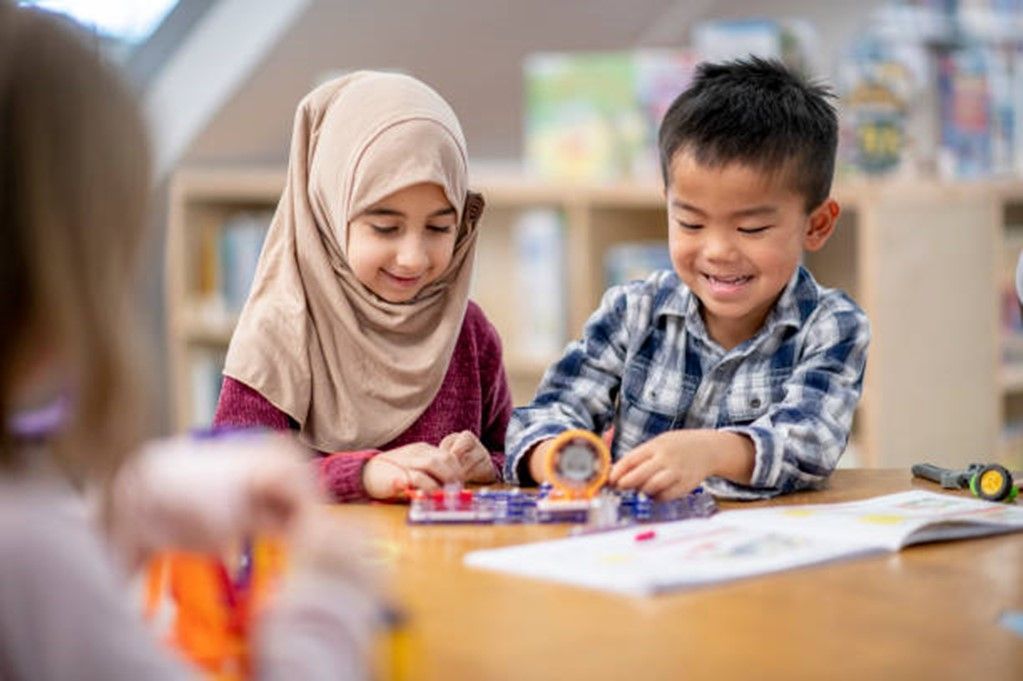
Let’s focus specifically on our newcomer students and emergent multilingual learners. They may come walking in on the first day of class with backpacks full of required ‘stuff’, yet their needs may be quite different than other children in your class. Why? Well, for multiple reasons, including the circumstances surrounding how and why they came to the US in the first place. Has their family lived here for multiple generations, or did they just arrive last week? Has their family relocated because of parent’s careers or are they refugees fleeing from a dangerous land? Did they bring their favorite outfits and toys along with them or did they come with just the clothes on their backs? Do they know a little bit of English that they were taught at school in their home country or are they entering your classroom having had no formal schooling in the past?
If you’re feeling overwhelmed about giving your English Language Learners what they need to feel comfortable and to succeed, relax ! GrapeSEED knows that you want the best for your students, and we have the perfect outside the box curriculum that you’ve been looking for. For starters, GrapeSEED provides coaching and support for teachers, along with daily, super impactful, teacher-led ‘Teacher-Student Interaction’ lessons. Another of the many benefits of acquiring English through GrapeSEED is it naturally builds a welcoming environment and open invitation for families and caregivers of all backgrounds to take part in the experience! Through the use of GrapeSEED’s Student App, which can be easily accessed at school AND at home, children move through the GrapeSEED Units and playlists while having meaningful interaction with vocabulary, language expressions, structures and more. Families can stay engaged through our unit-by-unit Family Newsletters, opportunities to oversee student engagement, and ‘Writing Fun’ extensions, too. We know that you’re ready to provide the nuts & bolts of a worthwhile school experience to your girls and boys this year. Think outside the box by adding GrapeSEED to the mix and get ready to watch your students shine.
Ready to check out GrapeSEED for your school or classroom?
Eager for your own child or for individual students’ families to take advantage of our cutting-edge GrapeSEED @home lessons in the comfort of their own homes?
Interested in reading our upcoming blog series that highlights how GrapeSEED impacted Afghani refugees throughout the summer months (and how these amazing people impacted us, as well?) Be sure to check out our upcoming August and September articles!
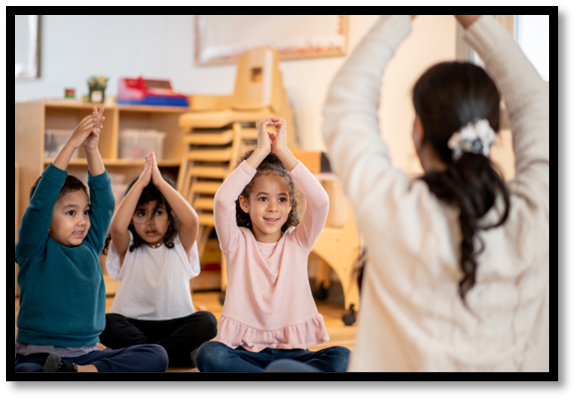
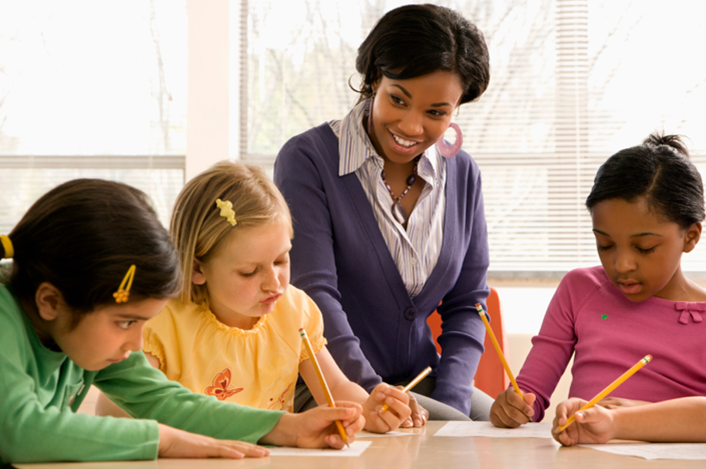
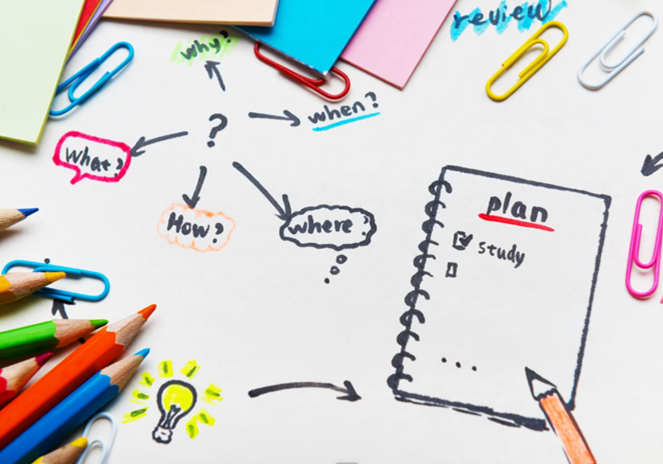
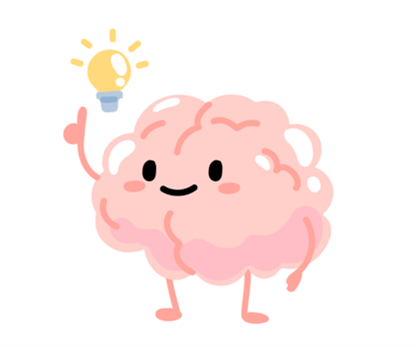
Ready to Start Your Journey?

6425 Living Place
Suite 200 #1021
Pittsburgh, PA 15206
Tel: 800-449-8841
Email: contact.us@grapeseed.com
© 2024 GRAPESEED INTERNATIONAL PTE. LTD.
